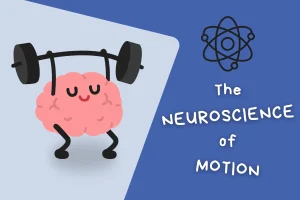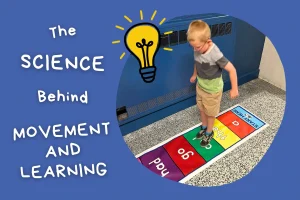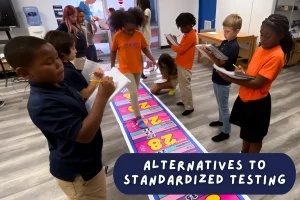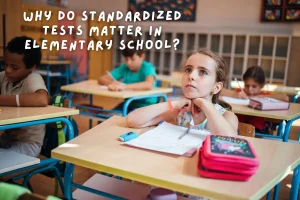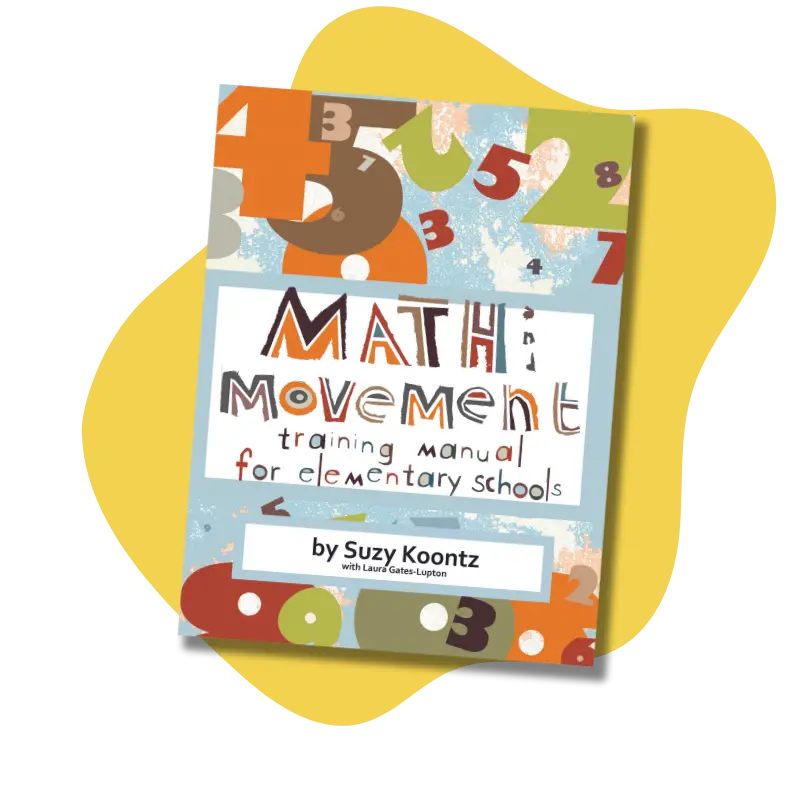Teachers are always looking for ways to make math education fun for their students. Whether they use online apps and games or movement-based strategies, they want to present content in an exciting, engaging way. And what’s more exciting and engaging than music? Teachers have begun to integrate math education and music education as a way to spark students’ interest in mathematics.
The Overlap
Math and music have a lot in common. Both subjects encourage thinking within set structures: math students solve problems within logical frameworks, while music students spend years learning theory to perform. These frameworks help students think systematically about their work. And this connection makes a difference: students who learned math using music improved their modeling, problem-solving, and practical application skills.
Mathematical and musical concepts share strong similarities. Concepts such as scales, intervals, and tuning relate to proportions, operations, and other mathematical principles. Musician Nick Jaffe states these relations become more apparent when students can explore them rather than learning by rote. This approach may encourage more creative problem-solving methods.
Mathematician Conrad Wolfram has also noted that both subjects require dedication and compulsion to pursue. For students to truly engage and understand math or music, they have to want to pursue these subjects. In order to foster this desire, teachers need to present concepts in a way that excites their classes.
What Music Brings to Math Education
Integrating music into math instruction offers many opportunities to engage students and make content more accessible. Researchers at the University of Texas at El Paso and Texas A & M have found that including music in math classes can extrinsically motivate students. Learning through music presents math concepts in new ways and offers students ways to creatively apply them.
Music also encourages regular practice and perseverance. In order to master a piece of music, performers must rehearse constantly before progressing to new material. Often, this process requires struggle and continual improvement. Applying this mindset to math education may encourage students to work through difficult subject matter. Students with this mindset may also develop intrinsic motivation to learn more about math through their struggle.
Wolfram also suggests teachers would benefit from taking a musician’s approach to assessing their students’ progress. They can determine whether their students are ready to learn new concepts based on current skill and content mastery. If these students lag behind, they can continue to practice until they fully understand and can apply what they’ve learned.
Mixing Math, Music, and Movement
Teachers can take the first steps towards including music into their math classes using movement and kinesthetic activities. Dances and movements such as skip counting help students develop a sense of rhythm while they learn their multiplication tables.
Musically-oriented students can learn basic theory and scales by jumping and hopping on music floor mats. To teach scales, for example, the teacher can play the notes on the piano while their students jump down the floor mat. The rest of the class can name the note until they have completed a scale.
For more information about Math & Movement’s music education floor mats, please contact us or visit our website.
